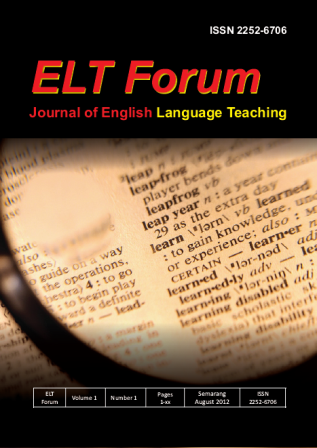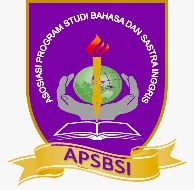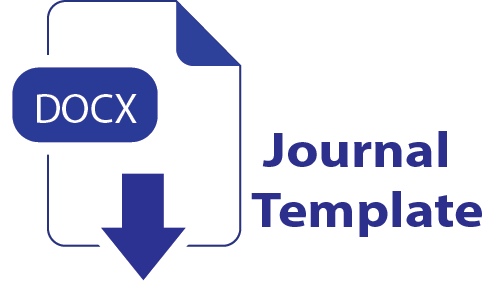THE PRACTICE OF CORRECTIVE FEEDBACK USED BY A TEACHER IN TEACHING ENGLISH
Abstract
This study focuses on the practice of corrective feedback used by a teacher in SD Semesta Bilingual School. The objective of the study is to describe the type of corrective feedback used by a teacher in SD Semesta Bilingual School and to describe the frequency of each type of corrective feedback used by the teacher in teaching English in SD Semesta Bilingual School. This study is a qualitative research. The data were taken by interviewing an English teacher and taking video of teaching and learning process. The videos were transcribed which in the next step, they were analyzed for gaining the result. The data were analyzed in the noticing, collecting, and thinking process according to the theory of qualitative data analysis by Siedel (1998). According to the analysis, the teacher in SD Semesta Bilingual School used all kinds of corrective feedback. The result shows that explicit feedback is the most frequent corrective feedback which represents 24.14%. The other strategies are as follows: (2) Recast occurs 17.24%, (3) Clarification Request occurs 13.79%,(4) Metalinguistic Feedback occurs 13.79%, (5) Elicitation occurss 13.79%, and (6) Repetition occurs 13.79%. The most dominant type of using corrective feedback is explicit correction. The implication of using corrective feedback on English speaking is that, the student will be brave to active on every teaching learning activity especially on speaking.



_.jpg)
_.jpg)




